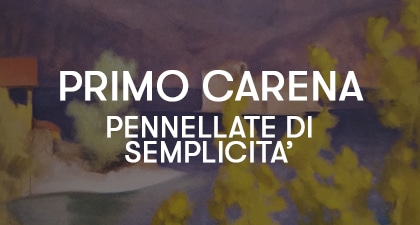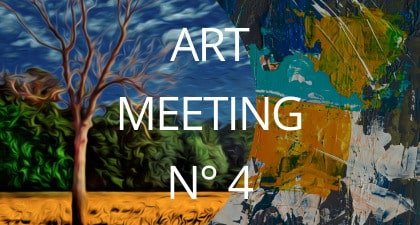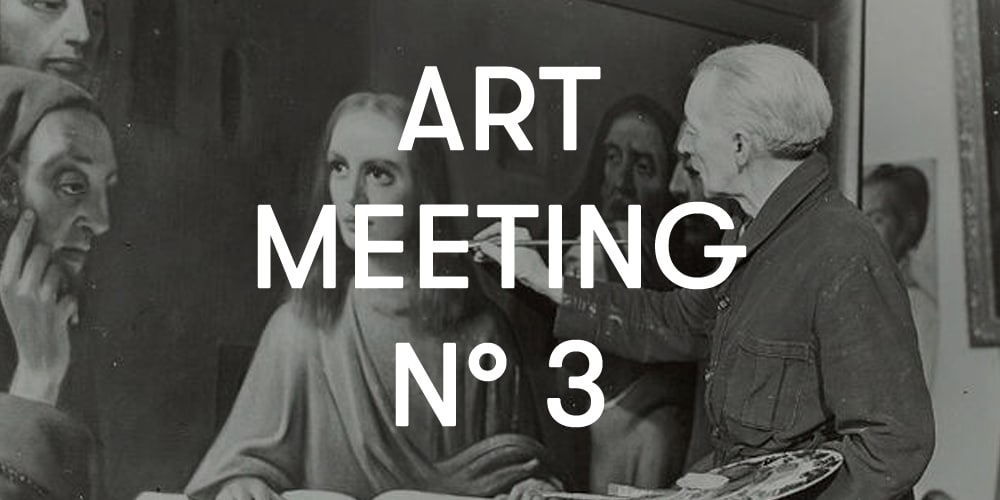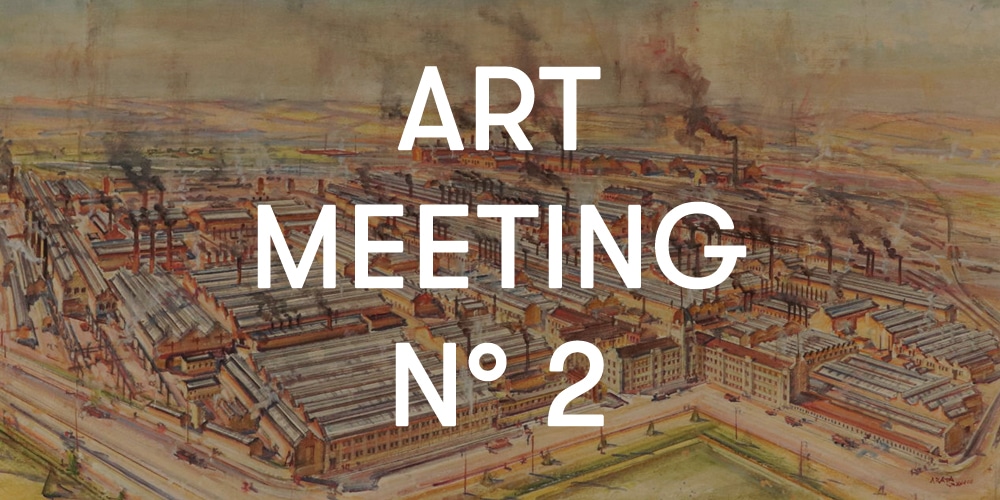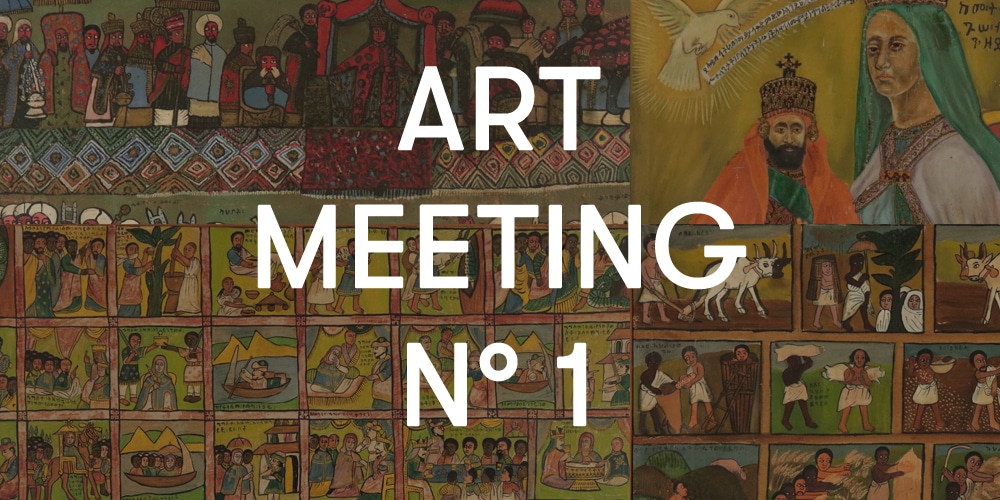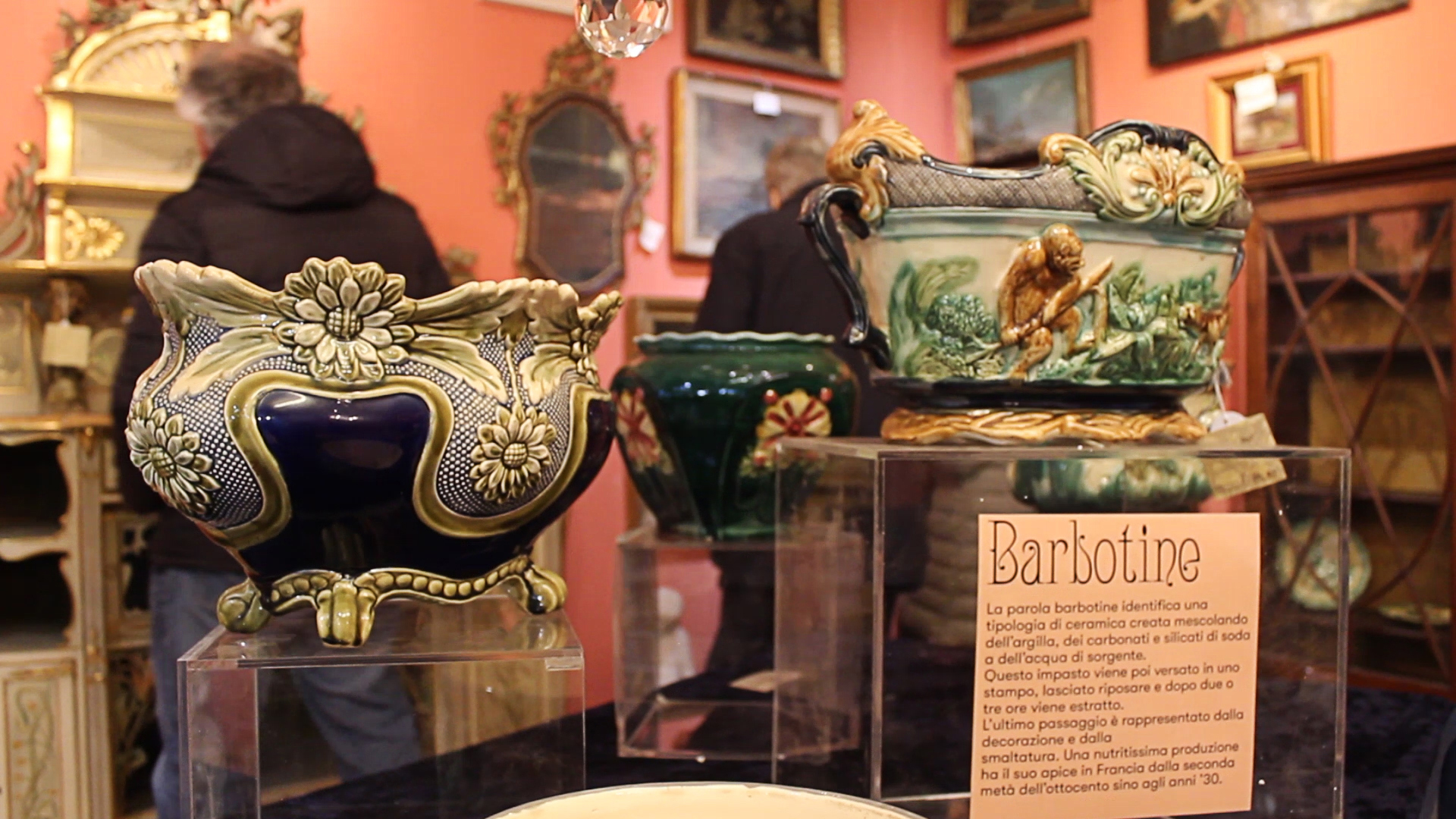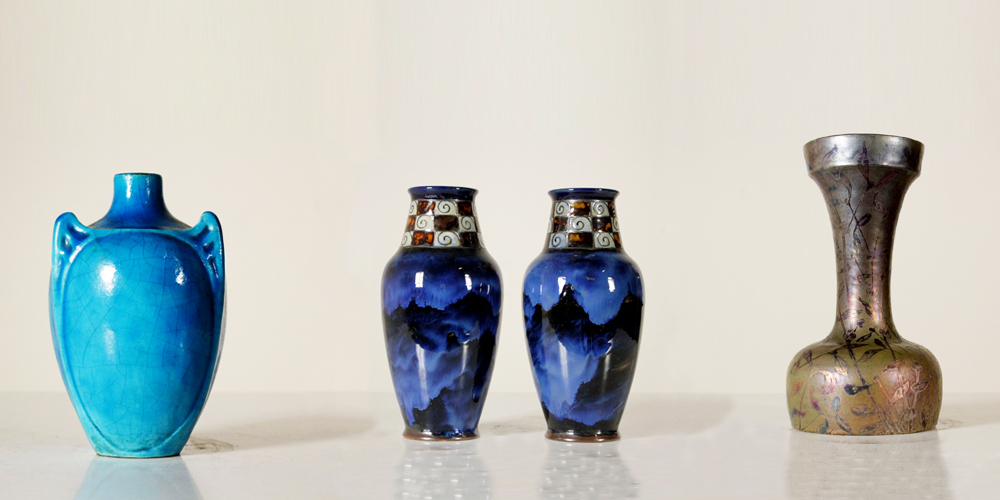Views
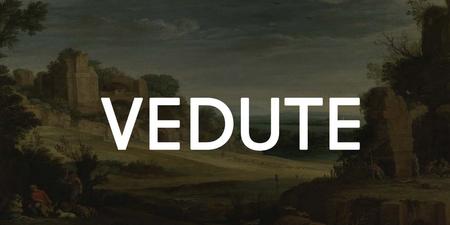
As we prepare the paintings for our exhibition “Vedute,” dedicated to landscape painting, especially from the late 19th century to the early 20th century, we enjoy retracing, even if only briefly, the long history that this genre of representation has gone through the centuries to reach the examples proposed in our gallery.
Let’s start with Pompeii

If we start with antiquity, a mandatory stop remains the buried Pompeii: alongside the genre of still life, seen as a representation of hospitality and promise of welcome, the landscape decorated the walls of Pompeian homes. It created the illusion of spaces beyond the architectural ones, in a kind of theatrical set. In these representations, mythical figures or human activities were placed in landscape scenes with an almost trompe-l’oeil effect.
The astonishing liveliness and realism of these few remains of a pictorial tradition strike us, especially when compared to the total disappearance of landscape as an autonomous reality in medieval and Renaissance painting. In these periods, space is reduced to a mere theatrical backdrop for human or supernatural events depicted.
The 1600s
To return to landscape as a central element in pictorial representation, we must wait for the 1600s. From being a pure and simple scenographic backdrop, the landscape comes to the forefront, gaining its own autonomy and significance, no longer subordinate to another subject. The representation of figures in landscapes continues, but often the subordinate relationship to the medieval period is reversed; now, sometimes, the figures become a “narrative pretext” to give space to nature and its representation. Here, for example, is a “Flight into Egypt” where the small walking figures can be interpreted as the Holy Family, or a hermit saint in the desert, or something else.

We can identify two typologies that characterize this genre in the 1600s, which was avant-garde at the time: on one hand, the ideal and classical landscape; on the other hand, the emergence of a landscape conception that we could call “pre-Romantic.” The first typology adopts compositional criteria of balance and harmony, in which realistic perception is strongly filtered through concepts of ideal beauty and geometric relationships: think of artists such as Carracci, Poussin, and Lorrain. The pre-Romantic conception, on the other hand, can be found in the works of painters like Salvator Rosa, who anticipates some characteristics of the painting in the following centuries.
The 1700s
In the second half of the 1700s, within the Enlightenment view of the world, both the rational and investigative gaze at reality and the 18th-century conception of a deep connection between all things coexist. The rational aspect is embodied in the representation of a landscape that lives through the mental idealization of places and spatial relationships. Meanwhile, the conception of an intimate relationship between the spirit’s life and nature leads to a perception of natural space where emotions, tensions, and human feelings are mirrored.
The 1800s
It is only in the 19th century that the landscape acquires the same dignity as historical painting. It secures a place in the public’s taste, more so than any other form of representation. Romantic sensitivity finds in the relationship with Nature, represented in the landscape, the preferred vehicle for expressing the self. Spaces and places are emphasized as a source of suggestion. The evolution of research and the comparison with the new art of photography broadens the reflection on the representation of reality. The search for immediacy in the perception of color and light leads, from the first “en plein air” experiments of Corot, to Impressionist painting. This type of painting centers its research on a new “poetics of landscape,” based on the fleeting contingency of the experience, captured as an impression in the relationship between the self and nature.

If you’re curious to see our collection of great landscape painters, from April 8 to 10, our shop in Milan is hosting “Vedute”and.
The paintings presented at our event span various historical periods, focusing mainly on the late 1800s and early 1900s, featuring a series of famous authors as landscape painters or in other genres, such as Delleani, Belloni, Gheduzzi, Corradi, Vellani Marchi, Dalla Zorza, Dudreville, Milesi, Scrosati, and many others, all from important Milanese collections.


